ONE
TO
ONE
Self-Understanding
through
Journal Writing
ONE
TO
ONE
Self-Understanding
through
Journal Writing
CHRISTINA BALDWIN

Copyright 1991 by Christina Baldwin
First Rowman & Littlefield edition 2006
This M. Evans paperback edition of One to One is an original publication. It is published by arrangement with the author.
All rights reserved. No part of this book may be reproduced in any form or by any electronic or mechanical means, including information storage and retrieval systems, without written permission from the publisher, except by a reviewer who may quote passages in a review.
Published by M. Evans
An imprint of The Rowman & Littlefield Publishing Group, Inc.
4501 Forbes Boulevard, Suite 200, Lanham, Maryland 20706
Distributed by NATIONAL BOOK NETWORK
The previous edition of this book was catalogued by the Library of Congress as follows:
Baldwin, Christina.
One to one : self understanding through journal writing / Christina Baldwin.
p. cm.
ISBN-13: 978-0-87131-652-3
ISBN-10: 0-87131-652-8
1. Self-perceptionProblems, exercises, etc. 2. DiariesTherapeutic use. 3. DiariesAuthorship. I. Title. II. Title: 1 to 1.
BF697.5.S43B34 1991 |
158.1dc20 | 91-4142 |
 The paper used in this publication meets the minimum requirements of American National Standard for Information SciencesPermanence of Paper for Printed Library Materials, ANSI/NISO Z39.48-1992.
The paper used in this publication meets the minimum requirements of American National Standard for Information SciencesPermanence of Paper for Printed Library Materials, ANSI/NISO Z39.48-1992.
Manufactured in the United States of America.
Contents
Introduction:
A Renaissance in Personal Writing
ONE
TO
ONE
Self-Understanding
through
Journal Writing
Introduction: A Renaissance in Personal Writing
When a person dies, a library is burned.
EDMUND WHITE
Journal writing has been around as long as writing itself. And before writing, people left their hand prints and paintings on cave walls, carved symbols into trees and cliffs, developed elaborate hieroglyphs, and kept oral tradition alive through memorization. When only a few could write, the village folk went to scribes and recited the letters they wanted sent or stories they wanted preserved. As writing became a more universal skill, people wanted to convey not only the commerce and business of life, but some kind of meaning, whatever was important to them about their individual story. All of us resonate, somewhere deep inside, with Edmund Whites statement. When a person dies, a library is burned. A unique experience of being human is lost.
All that we have learned about being human comes from what others have been willing to preserve of their accumulated knowledge and wisdom. So we understand our dependence, and we never know how great the loss of one lifes story might be. Its not because we all need to write for the future, but because writing connects us to this chain of articulation about being human. Writing taps us in, like the sugar spike driven into the maple trees trunk, to the veins of story and experience, some of which we claim as ours alone, and all of which are also universal.
As respect for individual life has risen over time, so, too, has respect for the individual story.
In a house thirty miles east of St. Paul, Minnesota, James Cummings, diarist and antiquarian book dealer, has the worlds most complete, annotated collection of diaries and journals printed in or translated into English. In a large, wood-frame Victorian, which houses 80,000 books, Cummings maintains a collection of over 14,000 diaries and journals, which grows at the rate of several hundred a year. It takes over a thousand pages just to catalog and annotate the collection, and scholars come from around the country to study it.
Jim Cummings doesnt only collect diaries and journals, he keeps one: filling a page a day, every day. Since starting on his thirteenth birthday he hasnt missed a day or a line in over forty years. His great-grandmother started this tradition, and his children, now in their thirties, are the sixth generation keeping up this amazing family heritage.
In 1974, I went to the University of Minnesota community education program and asked if they knew about any courses in keeping a journal. I admitted, that Id been keeping one myself for several years and, like so many of my students since, wasnt sure I was doing it right. They had never heard of such a course, and talked me into offering one. Jim Cummings and twelve Minneapolis and St. Paul poets showed up for that first class. We felt as though we were breaking ground, saying things for the first time, sharing thoughts we had had in private and had never spoken aloud. The whole idea of studying journal writing, seeing it as an art form and a life skill, was portentous; we knew it intuitively, but couldnt see the shape and scope of what was coming. It was winter, a time of long darkness in Minnesota. I remember us bundling up, leaving the attic of the little bookstore where we met, scuttling off into the night like conspirators, journals tucked in gloved hands. Same time next week. Same group.
In 1977, the first edition of One to One grew out of these early classes. I was thirty years old when I wrote it, and had the naive idea that the reason I was writing the book was to turn journal writing loose, to send my ideas off into the world. That much has been true. But I thought the ideas would just drift away, and I would have to figure out something else to do. I had no idea that an author and his or her work could become attached to each other, that I was creating a bond of responsibility between myself and readers of the book. Along with Morton Kelsey, writing about the spiritual journey, Ira Progoff, inventing the Intensive Journal, and Tristine Rainer, combining various therapeutic techniques in the new diary, I rode the wave of interest in reflective writing. When One to One was first published, the Library of Congress had to create a new category for it: 1. diaries and journals, therapeutic uses of...
These were pioneering times for journal writers. What has happened since is that our culture overall has chosen to value inner life much differently than we did a generation ago. Hundreds of thousands of people have decided that understanding whats happening to them internally is as important as knowing what is happening to them externally.
The journal has become such a phenomenon; its even become a verb. How often do you journal? people ask me. Or they start a comment with, I was journaling the other day...
In this revised edition I have been able to update the original concepts, add sections, include new thoughts and expand entries. Theres more life and perspective to add here because we have all grown from those first small circles of writers into a huge, private movement. Millions of blank books sell every year. More and more authors are writing about journal-keeping, and diaries and journals are now considered a valid literary genre. Every time I go to the bookstore or library I see how quickly this movement is growing. But what is visible is only the barest indication of what is really happening: for the essence of what is happening is that you are finding moments here and there and sitting down with a pen and blank paper. You are choosing to write and discovering the value in writing. You tap yourself in to the activity, to the history, to the legacy, to the promise. You learn as you go. You have made something come alive and become part of the culture that was not there twenty years ago. You should be proud of your interest, your commitment, your experimentation.
Next page

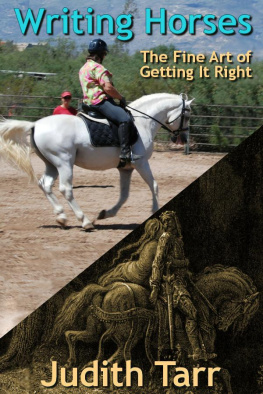

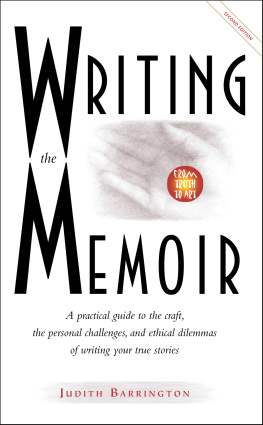
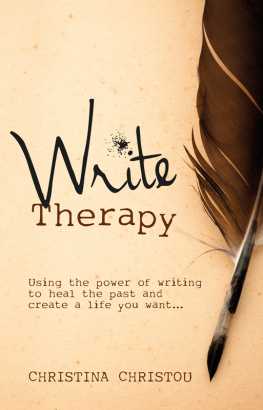
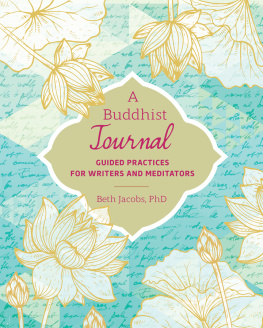

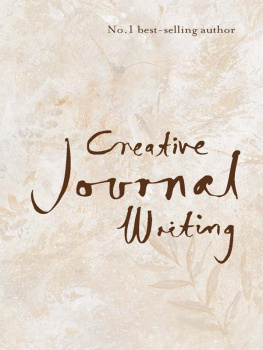
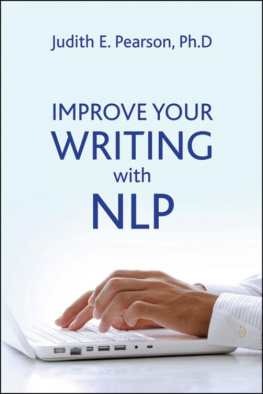

 The paper used in this publication meets the minimum requirements of American National Standard for Information SciencesPermanence of Paper for Printed Library Materials, ANSI/NISO Z39.48-1992.
The paper used in this publication meets the minimum requirements of American National Standard for Information SciencesPermanence of Paper for Printed Library Materials, ANSI/NISO Z39.48-1992.